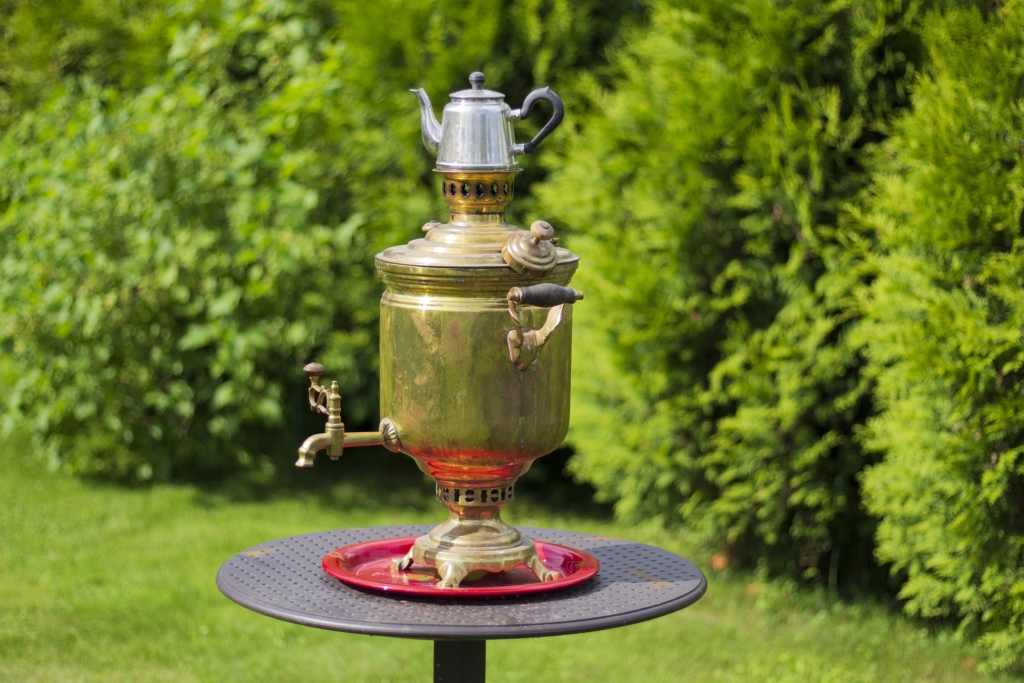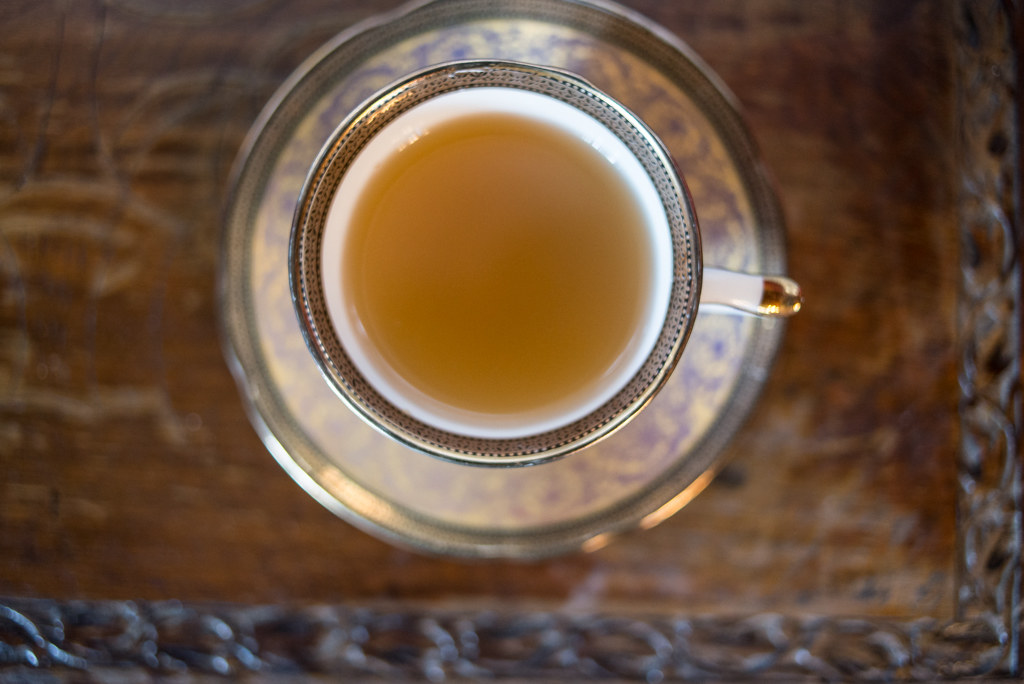Aromatic, sweet, and warm, kahwah is a staple herbal tea from the South Asian region of Kashmir that’s not only delicious but comforting and serves as a potential metabolism-booster. Let’s learn more about this traditional green tea.
What is Kahwah?
Kahwah, also spelled as kahwa, kehwa, and qehwa, is a water-based Kashmiri tea that’s infused with herbaceous green tea leaves (Camellia sinensis), and a variety of aromatic herbs, warm spices, and topped with crunchy slivered nuts. Kahwah is served as a meal-ending drink all over Pakistan, India, Bangladesh, Iran, Afghanistan, and many Central Asian countries.
What does Kahwah Taste like?
Kahwah is sweet, fragrant, and rich because of the warm spices like cinnamon, cardamom, and star anise. It also has an herbal flavor from the green tea leaves coupled with a slight crunch from the slivered almonds that are garnished on top. Some kahwah varieties also use ginger, resulting in a strong and peppery tasting kahwah.
How is Kahwah prepared traditionally?

This warm beverage has been traditionally prepared in a Russian samovar, a copper kettle with two separate compartments: the outer one for water, and a central cavity for adding blazing hot coals to warm the water via diffusion. The kahwah ingredients are simply tossed into the water compartment of samovar, where they’re well-infused into the water, forming a classic cup of kahwah. Even today, many South Asians use this age-old samovar pot, and the same ingredients for making kahwah to relish the fundamental and original taste.
Kahwah Varieties
Different regions of Asia have adopted their own style of making kahwa, for instance, the Peshawari kahwah, popular in west Pakistan, uses jasmine tea instead of green tea leaves, and has green cardamom as its sole spice. Kashmiri and Indian kahwah, on the other hand, use cinnamon, cloves, cardamom, star anise, along with saffron, and dried rose petals.
Some people also like to add orange or lemon juice into their kahwah to make it more digestive and flavorful. Sometimes, milk is also added to kahwah forming a “milk Kahwah” that’s usually given to the sick and elderly.

How to serve Kahwah?
Kahwah is always served hot after heavy meals with sweeteners like honey or sugar. It’s considered an essential part of weddings and cultural events, especially in Kashmir. You can finish a typical Indian meal like Curried Chicken, Murgh Makhani, or Lamb Curry with a comforting and vitalizing cup of kahwa.



